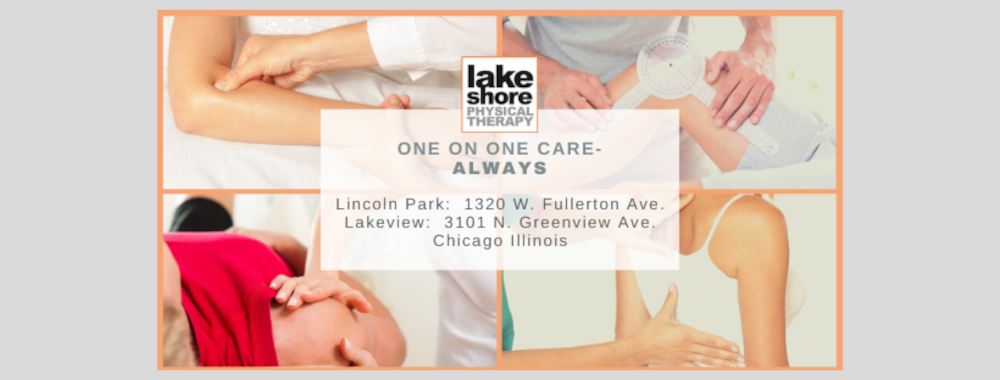 |
by Kelly Thomsen, PT
|
That sudden “pop.” That buckling of the knee. No athlete
wants experience those sensations on the playing field, yet ACL injuries are
one of the most common knee injuries sustained in young athletes. It is
estimated that up to 250,000 individuals sustain an ACL per year in the United
States alone (CDC).
To understand how this injury can occur, it is important to
understand the anatomy of the knee and the role the ACL has in the body. Three
bones come together in order to form the knee joint: the femur (upper thigh
bone), tibia (shin bone), and patella (knee cap). These bones are connected by
ligaments, which keep the knee stable. There are four major ligaments in the
knee:
- Anterior cruciate ligament (ACL)
- Posterior cruciate ligament (PCL)
- Lateral collateral ligament (LCL)
- Medial collateral ligament (MCL)
The ACL’s job is to resist
excessive forward movement of the lower leg bone in relation to the upper leg.
It also limits excessive rotation of the knee and functions to keep the knee stable
during activities such as running, jumping, cutting, or pivoting. Given the ACL’s
role in providing knee stability, most ACL tears tend to occur during
non-contact activities, such as changing directions, a sudden twisting motion,
cutting, pivoting, or landing improperly following a jump. While tears can
happen due to a contact injury - such as a direct blow that causes the knee to
bend inward - sports such as soccer, basketball, and volleyball, which require
a high dynamic loading of the knee, can lead to a higher prevalence of ACL
injury. Young athletes tend to run the highest risk of injury, with those
between the ages of 15 and 25 at the greatest risk (Nessler et al 2017); young
female athletes are at more than 3.5 times more likely to tear their ACL compared
to their male counterparts.
Keeping the muscles surrounding the knee strong and flexible
can prevent many ACL injuries. Research has shown that using a combination of plyometric
exercises, neuromuscular training, and strength training should be utilized to
reduce ACL injury risk (Voskanian, N., 2013). Focusing on single leg strength
is important, as well as hip and core stability. Below are a few examples of
exercises to incorporate into your routine:
Nordic
hamstring curls (need a partner)!
- Kneel on a soft surface keeping your knees hip width apart.
Have your partner kneel behind you, gripping your legs just above the ankles to
secure your feet from lifting up. Slowly lean forward, using your hamstrings to
control the motion. Make sure to keep your abdominal engaged and back flat.
Once you can no longer hold the position, use your arms to gently lower
yourself and fall into a press up position.
- Begin with 1 set of 5 repetitions. As you get stronger,
perform 10-15 repetitions.
Walking
lunges
- Begin with feet shoulder width apart. Take a step forward,
bending your front knee. Allow your back knee to bend as well until it comes
close to the floor. Continue to move forward as you bring your back leg forward
to bring both feet together again. Repeat with other leg, and continue
alternating sides as you move forward. Hips should stay level the entire time.
Do not let your front knee pass over the front of the foot, and try to keep the
knee in line with your second toe. Keep your chest up as you walk forward.
- Perform 20 reps with each leg.
Single
leg squats (heel taps)
- Standing on the edge of a step, slowly lower the opposite
foot down to the floor. Tap this foot to the floor but do not put any weight
through the leg. Make sure to keep hips level as you lower. The knee on your
stance leg should stay lined up with the second toe as you bend it. Return back
to full standing. Movement should be slow and controlled. For a challenge,
perform on a higher step.
- Perform 2 sets of 10-15 reps.
Calf
Raises
- Standing with feet hip width apart, push up onto your toes,
lifting your heels off the ground. Slowly lower back down. For a challenge,
perform this on a step with heels hanging off, or perform on one leg at a time!
- Perform 2 sets of 10-15 reps.
- With feet hip width apart, squat down keeping knees aligned
with toes. Knees should not move past the toes. Use both legs to push into a
jump in the air. As you come back down from the jump, lower yourself back into
the squat position.
- Knees should stay aligned with the feet, and should not
cave in toward each other.
- Perform 2 sets of 10 reps.
Double-Leg
Drop Jump to Stick
- Begin standing on an 8-10 inch box. Step down from the box
with one leg, gently landing on both legs. You should land with a soft bend in
the knees, keeping the knee stable and over the foot. The knee should not bend
inward. Try to stick the landing for about 2-3 seconds.
- For a challenge, try landing on one leg.
- Perform 2 sets of 10-15 reps.
These exercises should be done at least 3 times per week and
should take approximately 15-20 minutes each time. It is important to take rest
days and alternate hard workouts with lighter workouts for your body to
adequately recover (Voskanian et al 2013).
Make sure to check in with your physical therapist for feedback and
education in regard to body mechanics and proper form during exercise.
References:
Arundale,
Amelia J.h., et al. “Exercise-Based Knee and Anterior Cruciate Ligament Injury
Prevention.” Journal of Orthopaedic & Sports Physical Therapy, vol.
48, no. 9, 2018, doi:10.2519/jospt.2018.0303.
Gokeler, Alli, et al. “A Novel Approach
to Enhance ACL Injury Prevention Programs.” Journal of Experimental
Orthopaedics, vol. 5, no. 1, 2018, doi:10.1186/s40634-018-0137-5.
Nessler, Trent, et al. “ACL Injury
Prevention: What Does Research Tell Us?” Current Reviews in Musculoskeletal
Medicine, vol. 10, no. 3, 2017, pp. 281–288.,
doi:10.1007/s12178-017-9416-5.
Petushek, Erich J., et al.
“Evidence-Based Best-Practice Guidelines for Preventing Anterior Cruciate
Ligament Injuries in Young Female Athletes: A Systematic Review and
Meta-Analysis.” The American Journal of Sports Medicine, vol. 47, no. 7,
2018, pp. 1744–1753., doi:10.1177/0363546518782460.
Runyan,
Carol. “CDC - Injury - ICRCs - CE001495.” Centers for Disease Control and
Prevention, Centers for Disease Control and Prevention, 13 July 2010,
www.cdc.gov/injury/erpo/icrc/2009/1-R49-CE001495-01.html.
Voskanian, Natalie. “ACL Injury
Prevention in Female Athletes: Review of the Literature and Practical
Considerations in Implementing an ACL Prevention Program.” Current Reviews
in Musculoskeletal Medicine, vol. 6, no. 2, 2013, pp. 158–163.,
doi:10.1007/s12178-013-9158-y.
























